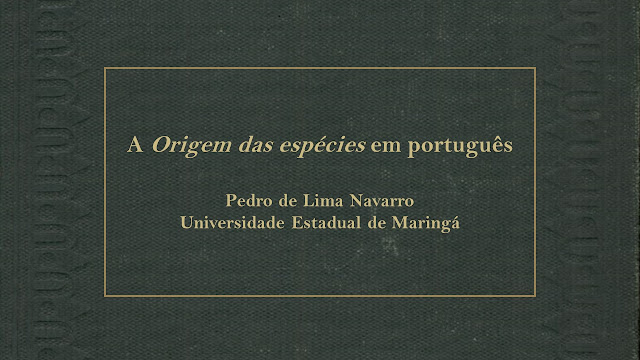The Translator 20 (1): MUNDAY
- Reinterpretação das ideias de Toury quanto as fontes externas as primary textual mateirla. Em uma microhistória eas são importantissimas.
- Explica os méritos e problemas da micro história e seu local no desenvolvimento da história enquanto disciplina.
- Entrevistas são uma fonte ruim, mas no meu caso não há material.
- Discute o papel dos arquivos. É consciente do problema dos gatekeepers
- Manuscritos diversos são abordados.
- Acesso não é facil pq n existe a categoria tradução em coleções.
- My contention is that translator papers in particular, but also interviews and other testimony, are most useful in studies adopting the method of microhistory, which engages with historical anthropology and analyses small cultural communities (Claus and Marriott 2012, 284). Microhistory, as we saw in Section 2 above, ‘is essentially based on the reduction of the scale of observation, on a microscopic analysis and an intensive study of the documentary material’ (Levi 1991, 95); for Szijártó (2002, 209), it has four advantages over quantitative macro-social history:
- ● it appeals to a wider public than the professional expert; ● it is ‘realistic’; ● it conveys personal experience; and ● it links the individual case study with the general socio-historical context. p. 75
- Fala de um possível estudo de Miall e outros enquanto tradutor usando correspondencia, igual quero fazer com Darwin.
- Conclusão arrebatadora
- Without such microdata, the details of Miall and Hileman’s working conditions, of their state of mind and of their approach to translation would be lost. Only their published translations would remain. Unlike better known, ‘élite’ translators (e.g. Garnett 1991; Rabassa 2005; Johnson-Davis 2006), they have no biographies or autobiographies and the bulk of their papers resides in the collections of others (Allen & Unwin and Carlos Fuentes). As historians of translation, we should aim to highlight these ‘ordinary’ lives, but the question arises as to their importance compared to others and to our role as historians. Do we consider these microhistories sufficient of themselves because the lives in question are of translators of prominent authors or because of the fascinating incidental details of these lives? Does the chance survival of their personal papers, thanks to the custodians of a publisher’s archives, the enlightened choice of an archivist or the concentration on posterity of an author such as Carlos Fuentes, distort the sample or is their condition generalisable? What about all the translators whose papers have disappeared? By comparing the Miall and Hileman papers with the papers of other translators we can build up a bigger picture of the working conditions of translators in this and other periods, but there are many who are not represented or who are underrepresented. Ginzburg (1993, 21) himself warns us against believing that a microhistorical approach is inherently democratic: ‘in any society the conditions of access to the production of documentation are tied to a situation of power and thus create an inherent imbalance’. This imbalance is to the detriment of translators of popular literature and those who earn their daily living translating technical and other texts that are more ephemeral than the ‘great’ works of literature, and where the process and conditions are not recorded for posterity. The same goes for translation that occurs in those many cultures or contexts in which the spoken word prevails over the written one and where no permanent records are kept. It behoves us to seek out and preserve such accounts and to relate them to the wider social and cultural conditions in which the individuals lived in order to enhance our understanding of the general history of translation. Although the relation of the micro to the macro is far from being unproblematic, it is by focusing on the ‘little facts’ (Szijártó 2002, 210) of everyday lives that a picture can be built up of the specific interaction between a translator and other individuals, groups, institutions and power structures, and of the exchange and operation of beliefs and the motivation of behaviour. On the larger scale, the new narratives we construe based on these ‘little facts’ have the potential to challenge dominant historical discourses of text production, which are in turn dominated by prominent literary figures and translators; however, these new narratives of microhistory also conceal other biases in the selection and presentation of material, in the gaps in our knowledge and in forms of overtly mediated testimonies. 77

Comentários
Postar um comentário